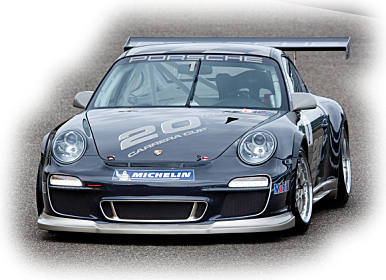
 |
How Do Brake Systems Work?
A detailed and very informative seminar session on how modern street and racing brake systems work. This Part I, and hopefully they will make Part II available as well.
We sincerely thank Apex Performance, David Murry Track Days and of course PFC and Darrick Dong, PFC Director of Motorsports for providing the information and video. |
Re: How Do Brake Systems Work?
Few notes I took away from the video; I am paraphrasing my understanding, so draw your own conclusions after watching the video:
Add your own as needed... |
Re: How Do Brake Systems Work?
That is a great video. I watched in full and will watch again.
Thank you for posting! |
Re: How Do Brake Systems Work?
:-8
|
Re: How Do Brake Systems Work?
Here are two comparative videos on how BMW MDM (their version of stability control) works at the track. One of the drivers purposefully did not turn off this MDM thing and kept pushing on the corners, after a session one of his front brake pads were completely gone.
Look at the individual wheel brakes. On several occasions, even the brake pedal is not pressed, individual front outside brakes are applied. Also, you can see that the amount of brake pressure applied at the individual wheels are not always the same. BMW MDM is On: VS. BMW MDM Off: |
Re: How Do Brake Systems Work?
Part 2 of the Seminar:
|
| All times are GMT -5. The time now is 12:52 PM. |
Powered by vBulletin® Version 3.8.6
Copyright ©2000 - 2024, Jelsoft Enterprises Ltd.